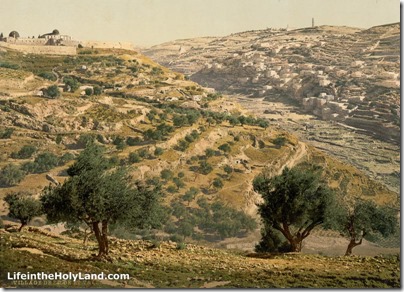The Mountain to Valley Relay is a 215 km relay race in northern Israel. Registration opens in January.
A beautiful mosaic from the Roman and Byzantine periods excavated in Lod went on display this week.
A hoard of 3rd century Roman coins has been found in Switzerland.
You can now visit every gallery in the British Museum with Google Street View.
Reuters revisits Rujm el-Hiri in the Golan Heights.
Wayne Stiles observes the irony that a “seat of Moses” was discovered at Chorazin.
An ornately decorated 1st century A.D. basilica once used by a pagan cult is now open to tourists in Rome.
Now on pre-pub pricing for Logos: AR151 Archaeology in Action: Jesus and Archaeology, with Craig Evans.
The Ancient Semitic Languages Youtube Channel has a reading of the Mesha Stele in Moabite.
Urban Legends of the New Testament is on sale for $4.99 for Kindle.
Ferrell Jenkins has announced his 50th Anniversary Tour to Israel.
I’ve never heard of a modern-day “tour of Palestine,” but Felicity Cobbing reports on her annual tour to sites in the West Bank.
Leen Ritmeyer responds to the recent Popular Archaeology claim that the Jewish people are praying
at the wrong wall.
HT: Ted Weis, Vik Menon

